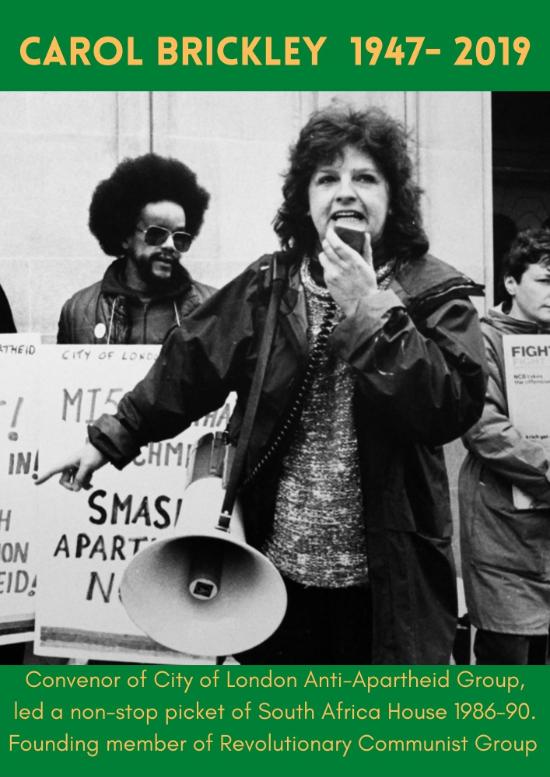Women in revolution
8 March is today widely celebrated as International Women’s Day – yet its roots in the international socialist movement have been deliberately buried in a mountain of bourgeois feminism and identity politics. This collection of biographies commemorates the socialist roots of ‘International Working Women’s Day’ and salutes the inspiring revolutionary women who have so often been written out of the history books.
Socialist roots
The date of 8 March reflects the day in 1908 that 15,000 women needleworkers in the US marched through New York City to demand shorter hours, better pay, an end to child labour – and the right to vote for women. A year later, Theresa Malkiel – a working class campaigner for labour and women’s rights in the United States agitated within the US Socialist Party for a ‘Women’s Day’ to be organised, with events and mass meetings in support of women’s suffrage. The first such day was held in New York on 28 February 1909. Later that year Malkiel would go on to help organise the ‘Uprising of the 20,000’, the mass strike by female garment makers in New York that would significantly improve working conditions in the city’s sweatshops.
At the Second International Socialist Women’s Conference in 1909, 100 delegates from 17 countries met to discuss the struggle for women’s liberation. German revolutionaries, including Clara Zetkin, argued for the need to merge the women’s movement into a larger working class struggle to gain universal suffrage. An annual international day of concerted action was agreed, on the model of the annual International Workers’ Day on 1 May.
The first International Women’s Day was held on 18 March 1911, commemorating 40 years since the proclamation of the Paris Commune. Women in Germany, Denmark, Switzerland and Austria took to the streets in mass rallies and demonstrations. In 1913 the first Women’s Day was marked in Tsarist Russia, despite police repression.
On 8 March 1917, Russian women factory workers in the city of Petrograd came out onto the streets and marched to nearby factories to recruit over 50,000 workers for strike action. They convinced soldiers to refuse to open fire on the demonstrations, instead turning their weapons against the Tsarist forces. A few days later, a mass march of 40,000 women on the Tauride Palace led by Poliksena Shishkina-Iavein succeeded in winning women the right to vote. These events provided the spark that led to the overthrow of the Tsar and the February revolution (8 March is 23 February in the old Gregorian calendar).
This collection salutes some of the inspiring women revolutionaries in struggles that span over 200 years across many different countries and continents. These women did not mobilise simply for women’s rights, limiting themselves to reformist demands within the narrow confines of the existing status quo; rather they were demanding revolutionary change and liberation – from colonial occupation, against imperialist exploitation, against capitalist oppression. They sought radical and systemic change for all the oppressed, whether fighting with the Kurdish women’s defence forces, in the Palestinian liberation struggle, leading the anti-colonial struggle in India, or opposing the brutality of state racism in imperialist Britain.
These short histories illustrate that ‘there is no true social revolution without the liberation of women’. They do not set out to provide a comprehensive account of the lives, struggles and political contributions of these fighters, but rather to give inspiration and inspire readers to go and find out more about their legacies.
Women in revolution – we salute you.




